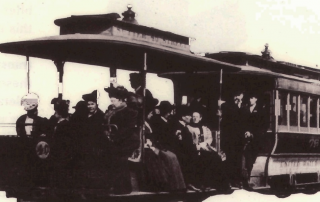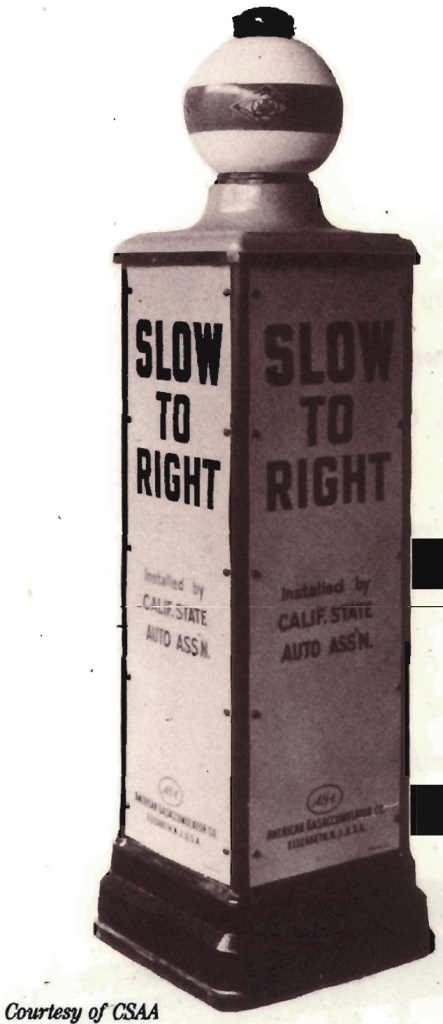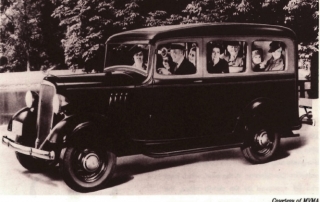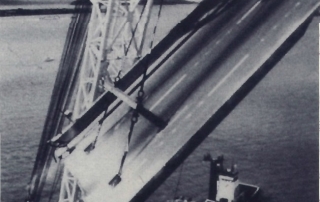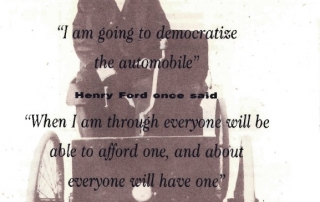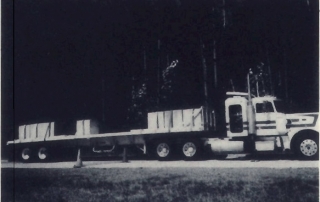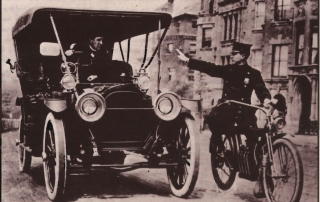ACCESS 01, Fall 1992
Introduction
Melvin M. Webber
With this first issue of Access, we at the University of California Transportation Center Seek to introduce our research to a diverse, community of readers. By presenting our findings in a nontechnical format, we hope to make them accessible to professionals in various fields and to citizens who might find them useful or perhaps merely interesting.

